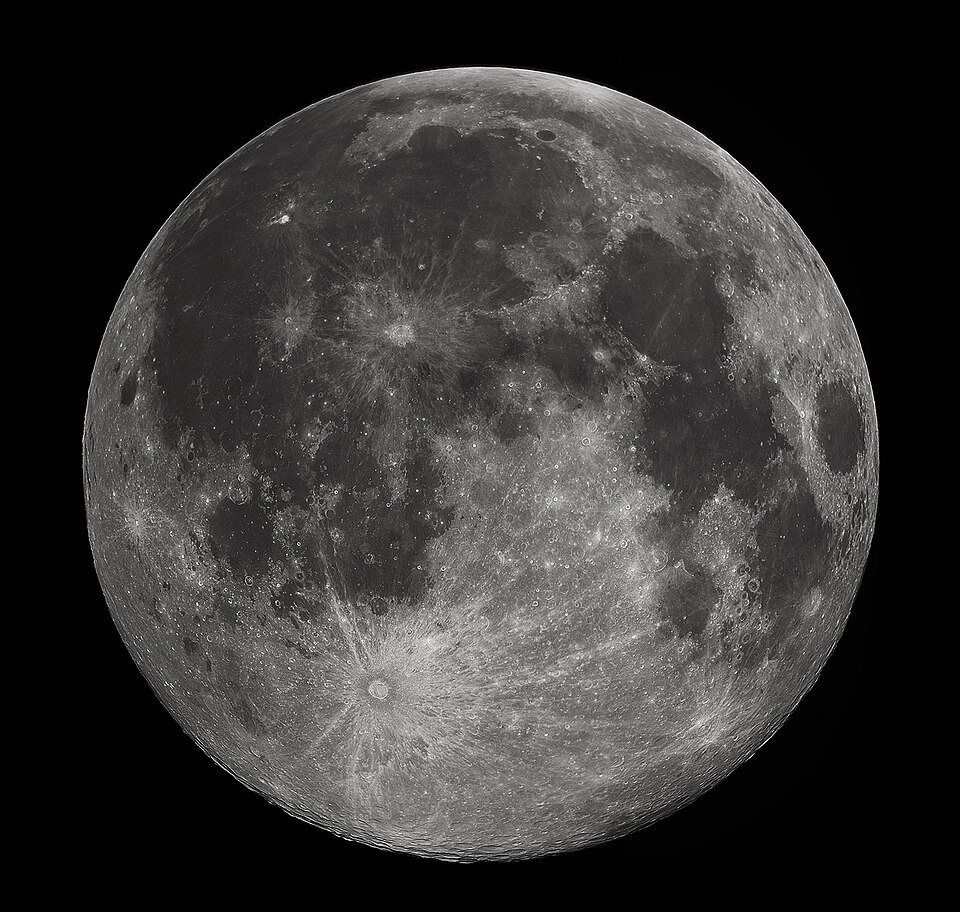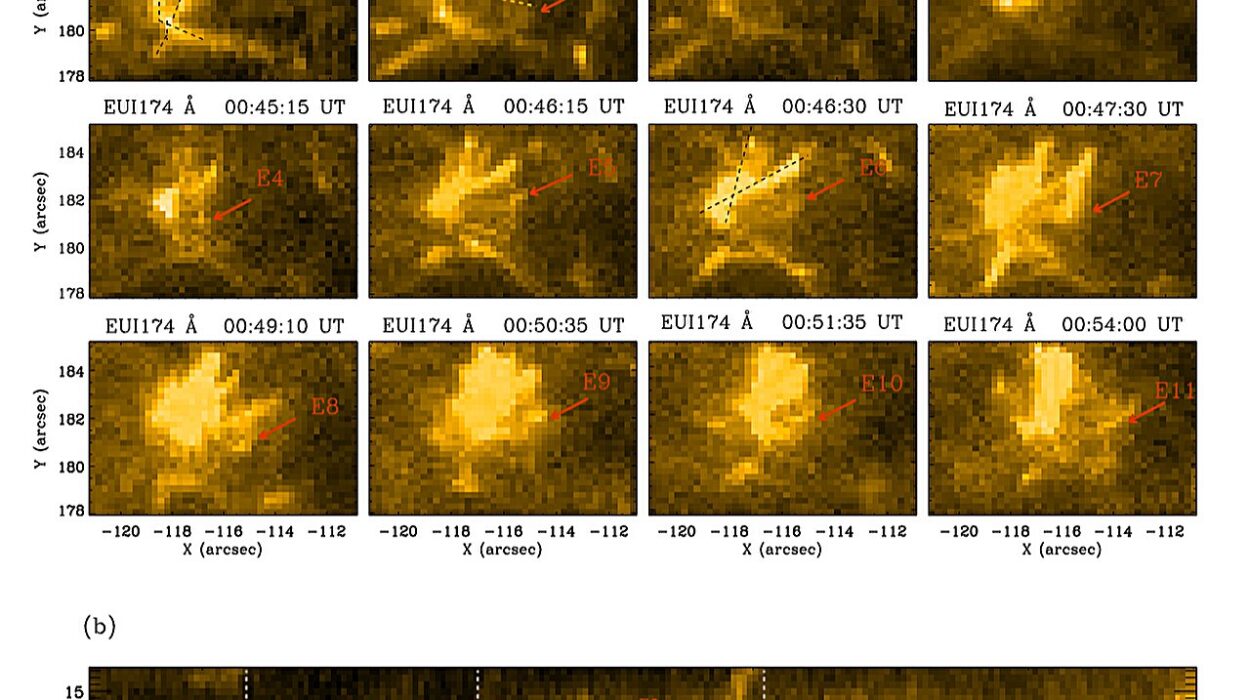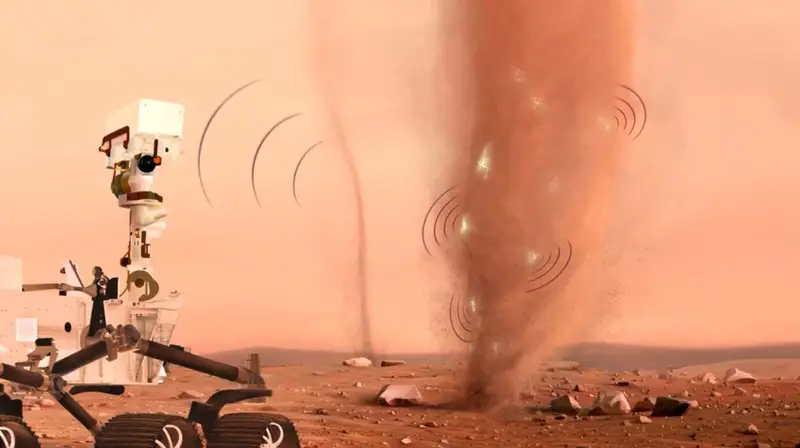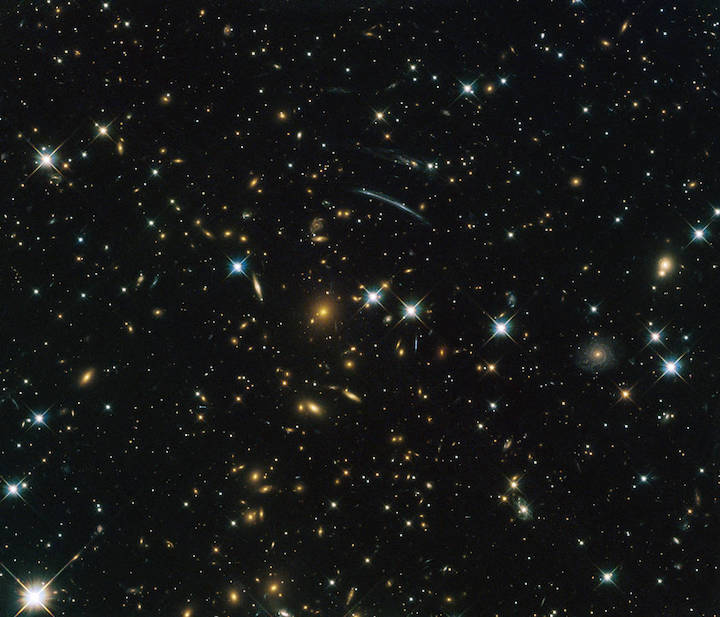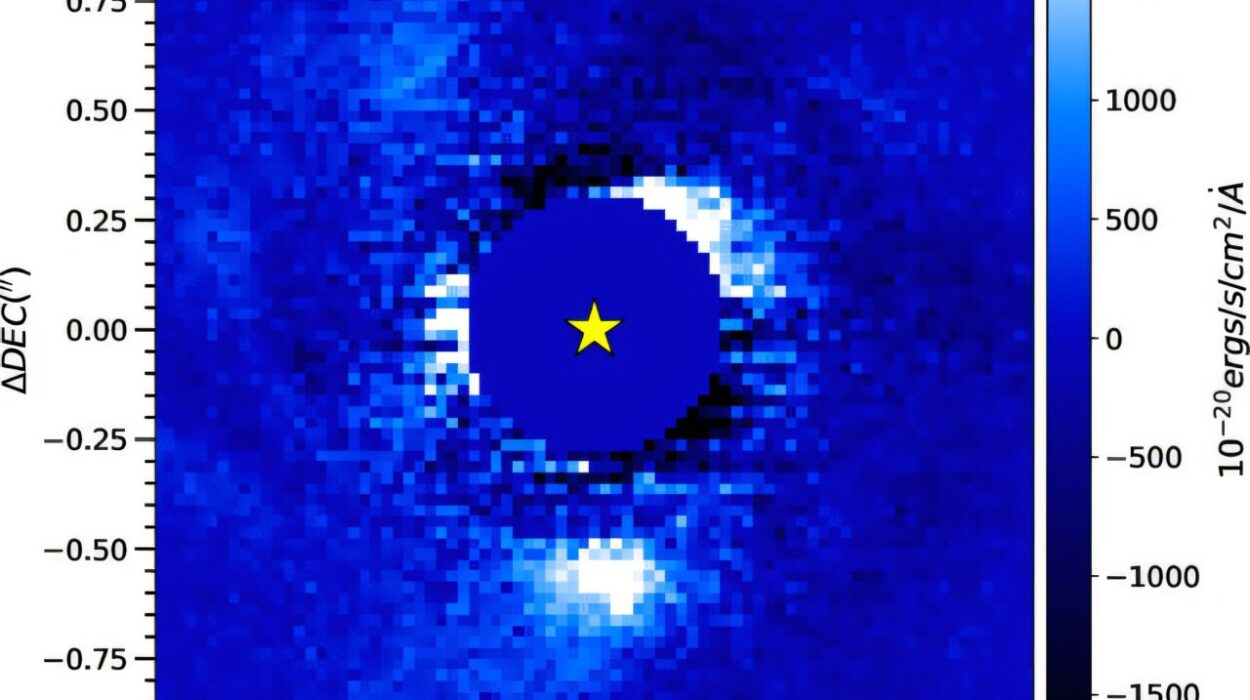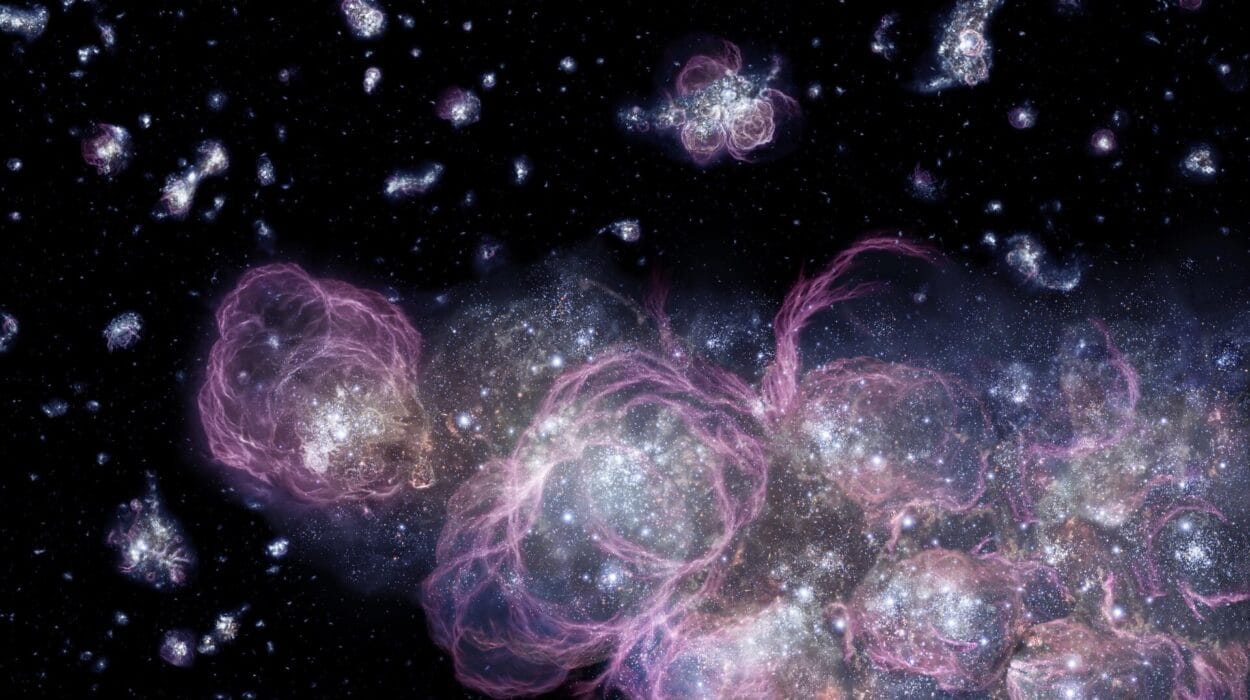The Moon, so often a symbol of stillness and silence in the night sky, has long held a secret deep within its ancient rocks: a history of magnetism that no longer exists. In the modern era, the Moon is magnetically quiet—no global magnetic field hums through its body like Earth’s. And yet, in the mid-20th century, when Apollo astronauts brought lunar rocks back to Earth, scientists discovered something astonishing: these rocks, particularly those from the Moon’s far side, were highly magnetized.
Orbiting spacecraft only deepened the puzzle. They detected strong, localized magnetic fields on the lunar surface—an impossibility, it seemed, for a celestial body with no global magnetism today. The question rang louder with every mission: where did the Moon’s magnetism go?
Now, a team of scientists led by researchers at MIT may have uncovered the answer. In a groundbreaking study published in Science Advances, they suggest that the Moon’s missing magnetism may not have vanished—it may never have been strong to begin with. Instead, brief bursts of intense magnetism were etched into its rocks by the violent combination of a weak ancient magnetic field and a giant impact that generated a cloud of electrified plasma. This rare union, they argue, left fingerprints in stone and a mystery now finally understood.
The Curious Case of the Magnetic Moon
To understand the enigma of lunar magnetism, we must begin with its origins. The Earth generates its magnetic field through a process known as the geodynamo: the constant churning of molten iron in its core produces electrical currents that, in turn, create a magnetic field. This field extends far into space, shielding us from solar radiation and guiding migratory birds.
The Moon, however, is much smaller. Its core, likely molten early in its history, was too small and cooled too quickly to sustain a dynamo for long. Any magnetic field it did produce would have been orders of magnitude weaker than Earth’s—barely detectable, and certainly not enough to account for the strong magnetism seen in certain surface rocks.
Yet the magnetism is real. Some lunar samples contain magnetic signatures up to hundreds of microteslas in strength—comparable to Earth’s current field. For decades, scientists wrestled with this contradiction. Some proposed that perhaps the Moon once had a much stronger dynamo than models predicted. Others speculated that external events, like impacts from large asteroids, could have temporarily amplified magnetic fields in specific regions.
But neither idea fully explained the uneven distribution of magnetism—particularly the strength of magnetism concentrated on the Moon’s far side, near its south pole. Something more complex, and more violent, seemed to be at play.
Plasma, Pressure, and the Pulse of Magnetism
Enter Isaac Narrett, a graduate student at MIT’s Department of Earth, Atmospheric and Planetary Sciences. Working with a team of planetary scientists, plasma physicists, and computational experts from MIT, the University of Michigan, Curtin University, and Cambridge University, Narrett took a different approach.
Rather than assume the Moon needed an unusually strong dynamo or rely solely on solar magnetic influences, they modeled a scenario where a relatively weak lunar magnetic field—about 1 microtesla, or fifty times weaker than Earth’s—interacted with the violent aftermath of a massive asteroid impact.
Such an event, like the one that formed the Imbrium basin on the Moon’s near side billions of years ago, would have vaporized massive amounts of lunar surface material. This vapor would become a cloud of superheated, ionized gas—plasma—rich in electrically charged particles.
The researchers used two sets of simulations. First, they modeled the impact itself—led by Katarina Miljkovic—determining the energy released and the amount of plasma generated. Then, using a magnetohydrodynamics code developed at the University of Michigan, they simulated how this plasma would flow across the Moon’s surface and interact with its internal magnetic field.
What they found was astonishing.
The plasma cloud, expanding from the impact site, would have partially escaped into space but also swept around the Moon’s body. It would have wrapped itself around the lunar surface and concentrated on the exact opposite side from the impact—the Moon’s far side, near the south pole.
There, the researchers observed a dramatic effect: the plasma’s motion compressed the Moon’s already-weak magnetic field, temporarily amplifying it significantly. This magnetic “spike” lasted for only about 40 minutes—but in planetary terms, that’s more than enough time to leave a permanent record in cooling rocks.
Jittering Atoms and Magnetic Memories
But even a brief magnetic spike isn’t enough on its own. For rocks to record a magnetic field, certain physical conditions must be met. The minerals within them must be “shocked”—that is, their internal structures disturbed enough that electrons realign to the prevailing magnetic field as the rock cools and solidifies.
Here, the Moon’s own body becomes the second actor in this magnetic drama.
The simulations showed that the Imbrium impact wouldn’t have just created plasma. It would have also sent seismic shockwaves—like ripples in a bell—coursing through the Moon. These shockwaves, much like those caused by large earthquakes on Earth, would have converged on the lunar far side, where they would have briefly shaken the crustal rocks.
This “jittering” of the rocks’ internal electrons, right at the moment when the magnetic field was at its strongest, created a perfect storm for magnetization.
Benjamin Weiss, a co-author of the study, likened the effect to throwing a deck of cards into the air in the presence of a magnetic field, where each card carries a tiny compass. As the cards land, they align according to the strength and direction of the magnetic field they experienced in midair. “That’s essentially the magnetization process,” he explained.
The Moon’s far side rocks, then, became a frozen memory of this magnetic moment—written in their atomic structures and preserved for billions of years.
Why the Far Side?
This theory also explains the curious geographic puzzle: why are the strongest magnetic anomalies on the far side of the Moon, especially near the south pole?
Because the Moon is tidally locked to Earth—meaning the same side always faces us—the far side has long remained a scientific mystery. But one thing is certain: the Imbrium basin, a massive impact site 1,100 kilometers wide, lies on the Moon’s near side.
The MIT team’s simulations showed that a plasma cloud generated by this colossal impact would have focused its energy on the far side—specifically, near the south pole. That’s exactly where orbiters have detected the most intense magnetic anomalies.
The idea is elegant, simple in retrospect, and fully consistent with both physics and observed lunar geology. It explains not only the strength of the magnetism but also its location—and it requires no exotic assumptions about long-lived magnetic dynamos or mysterious external fields.
Testing the Theory: The Artemis Connection
The beauty of this theory lies not only in its explanatory power but in its testability. The lunar south pole, home to the mysterious magnetized rocks, is one of the primary targets of NASA’s upcoming Artemis missions. For the first time since the Apollo era, humans will return to the Moon—and they may walk on terrain that holds the physical record of a magnetic ghost story.
If astronauts or robotic missions can collect and return samples from this region, scientists could directly test the theory. They would look for signs of shocked crystal structures, electron alignment consistent with brief magnetic spikes, and the telltale fingerprint of impact-induced plasma amplification.
Rona Oran, co-author of the study, said it best: “For several decades, there’s been sort of a conundrum over the Moon’s magnetism—is it from impacts, or is it from a dynamo? And here we’re saying it’s a little bit of both—and it’s a testable hypothesis, which is nice.”
The study used the high-powered MIT SuperCloud to run its simulations—a fitting platform for a theory that merges geology, plasma physics, magnetism, and planetary science into a single compelling story.
The Moon’s Forgotten Symphony
In the end, the Moon’s magnetism may be less like a hum and more like a series of thunderclaps—brief, explosive events that echoed across its surface and left scars in stone. The Moon didn’t need a sustained dynamo to imprint magnetism into its rocks. It needed the right moment: a weak but persistent internal field, a cosmic collision, and a cloud of fire that wrapped the world like a storm.
For decades, we thought the Moon had simply lost its magnetic heart. But perhaps it never had one in the way we imagined. Instead, the Moon’s magnetism was born not from within, but from violence, from shock, and from fleeting flashes of cosmic electricity.
The Moon has always been a place of silence. But beneath that silence, we may now be hearing, at last, the echoes of its magnetic past.
Reference: Impact plasma amplification of the ancient lunar dynamo, Science Advances (2025). DOI: 10.1126/sciadv.adr7401
